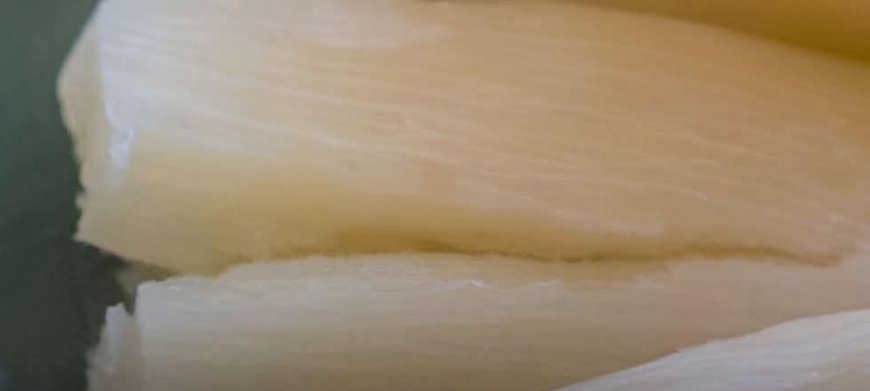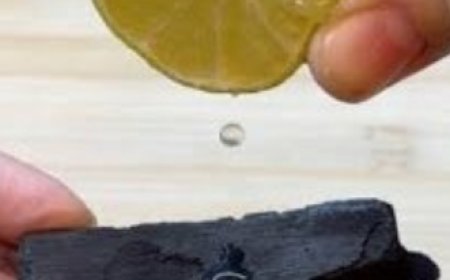World’s Deadliest Food: Why People Still Eat Cassava

Cassava: The World’s Deadliest Food That Millions Still Eat
Although millions of people around the world rely on it as a daily staple, cassava (Manihot esculenta) is often described as the world’s deadliest food. The reason? This starchy root contains natural cyanide compounds that can be fatal if not prepared correctly.
What Is Cassava?
Cassava—also known as yuca, manioc, or tapioca root—is a carbohydrate-rich tuber widely grown in Africa, Asia, and Latin America. It’s used to make everyday foods such as tapioca pearls, flatbreads, porridges, and even desserts.
Why Is It Dangerous?
Raw cassava contains cyanogenic glycosides, which release hydrogen cyanide when eaten. If cassava is consumed without proper preparation, it can cause:
Acute cyanide poisoning
Nausea, vomiting, dizziness, and breathing problems
In severe cases: death
Every year, cassava is linked to hundreds of deaths worldwide, especially in communities where traditional preparation methods are not followed carefully.
How Do People Make It Safe?
Traditional cooking methods remove most of the toxins, making cassava safe to eat. These include:
Soaking the roots in water for hours or days
Fermentation to break down toxins
Thorough boiling or cooking
Drying and grinding into flour before cooking
Why Do Millions Still Eat It?
Despite its risks, cassava remains a staple food for over 800 million people worldwide because:
It’s cheap, resilient, and easy to grow even in poor soils
It provides a vital source of energy and carbohydrates
It’s deeply embedded in traditional diets and cuisines
The Bottom Line
Cassava shows how nature’s foods can be both nourishing and deadly. Without proper preparation, it can release lethal cyanide. But with knowledge and care, it becomes a safe and essential source of nutrition for millions of people across the globe.
What's Your Reaction?


















